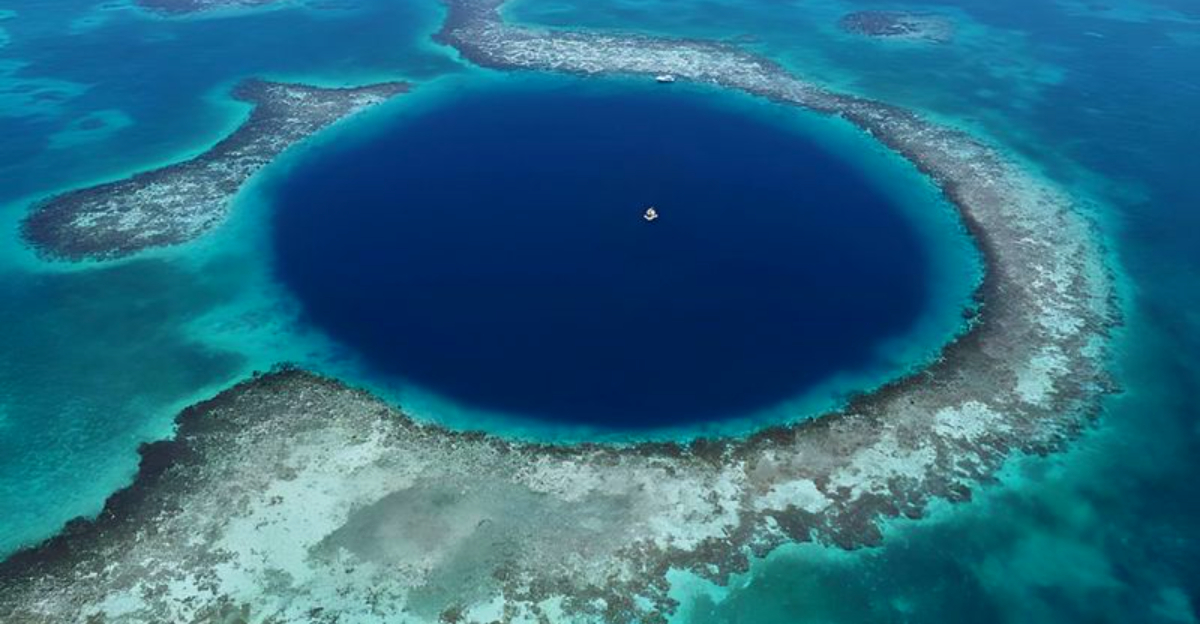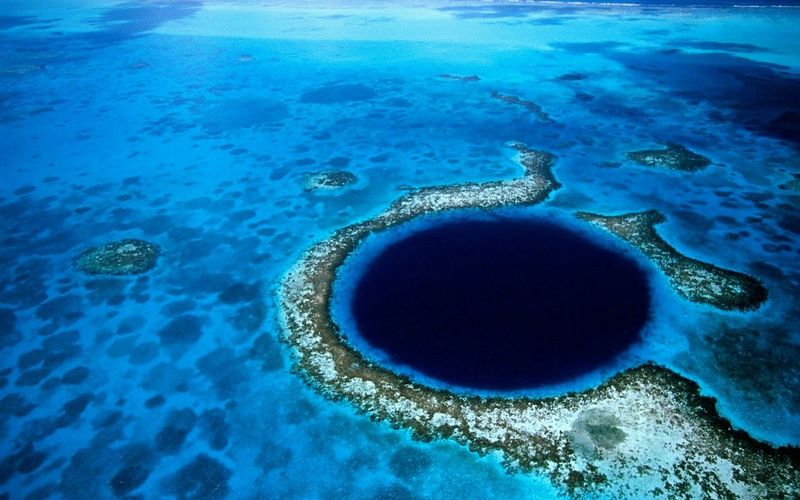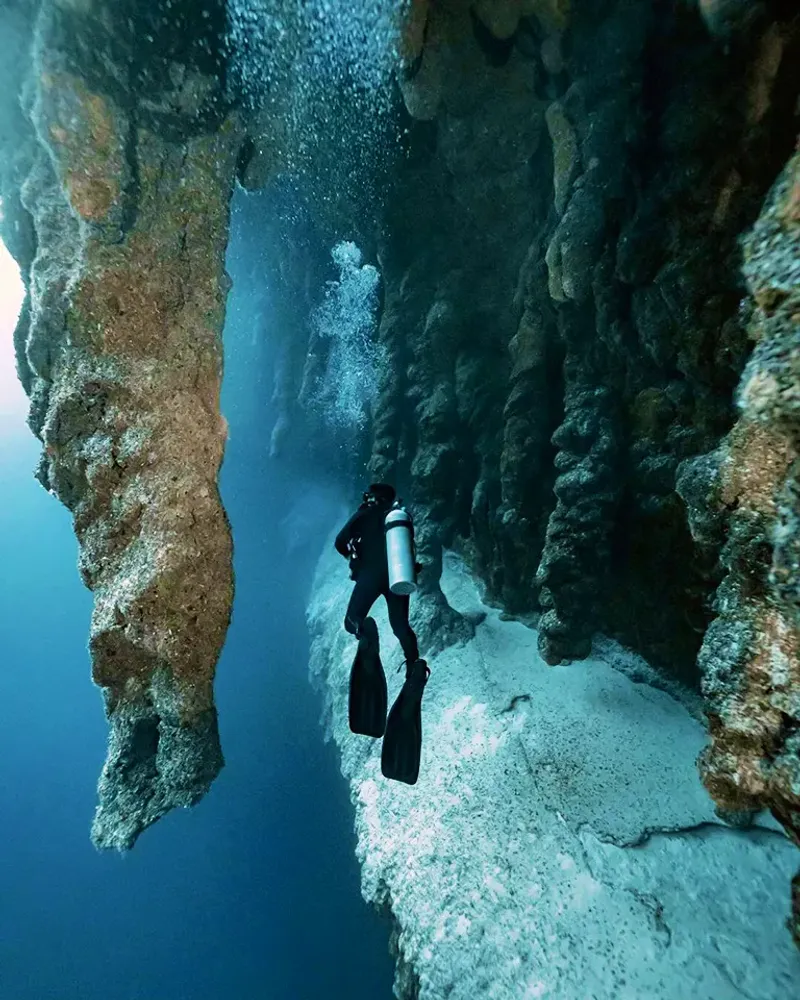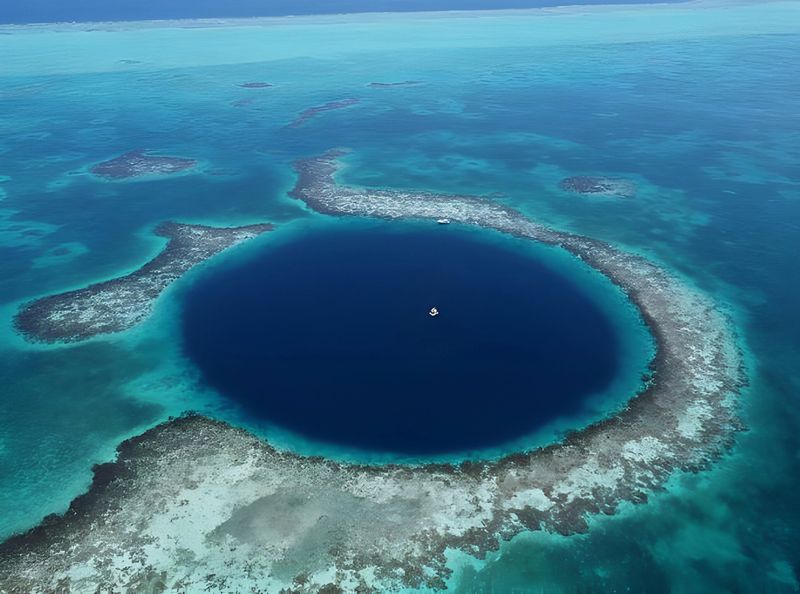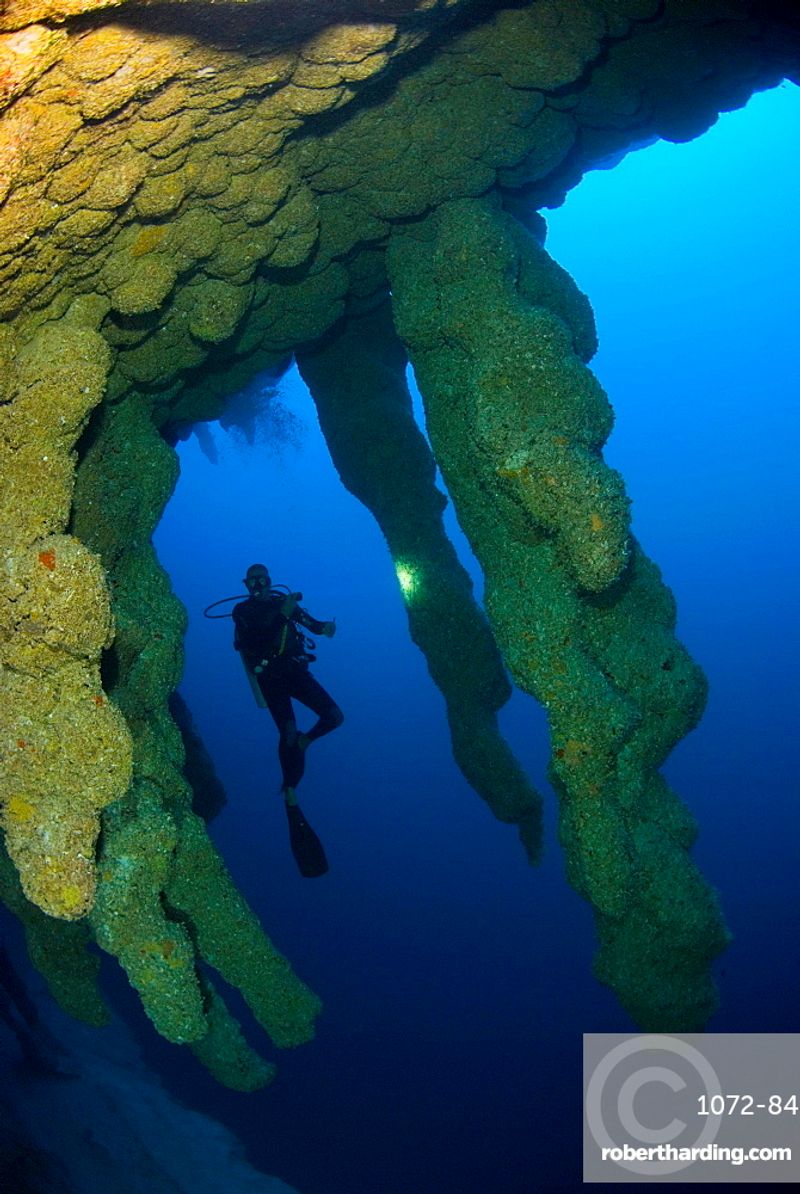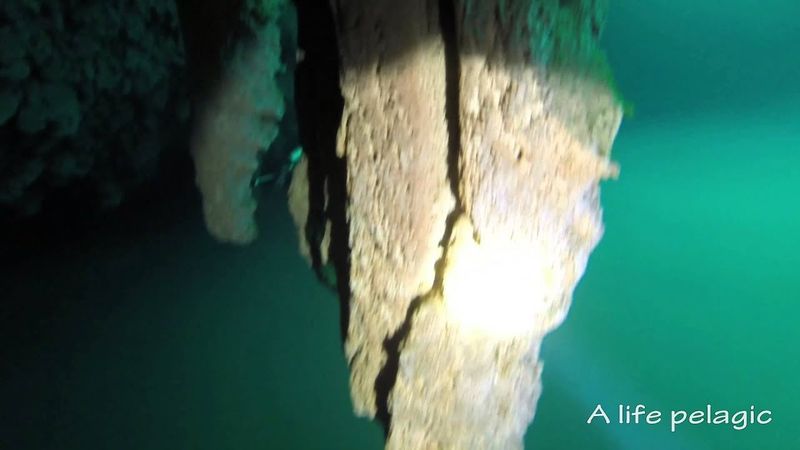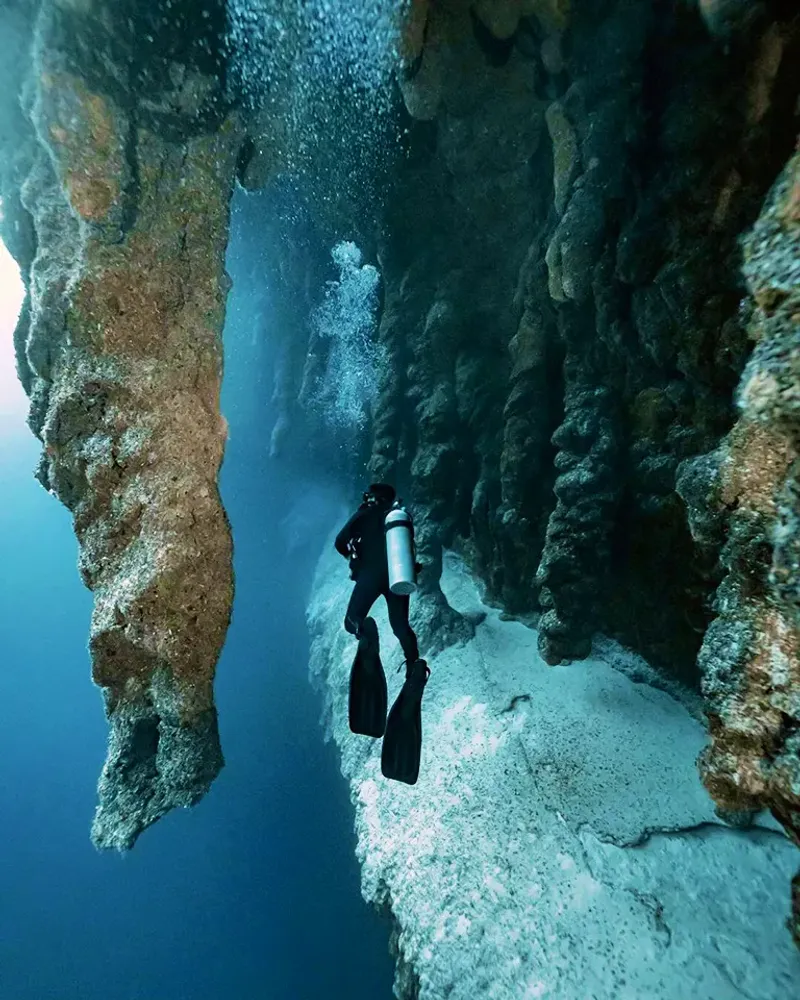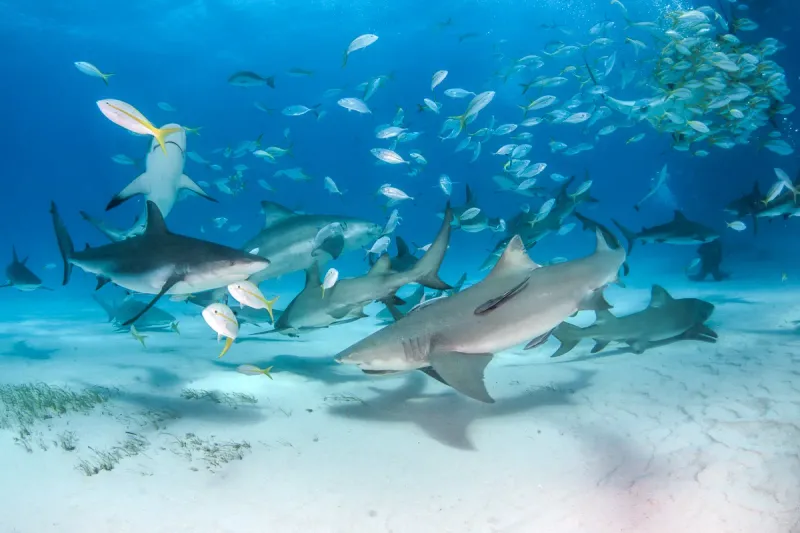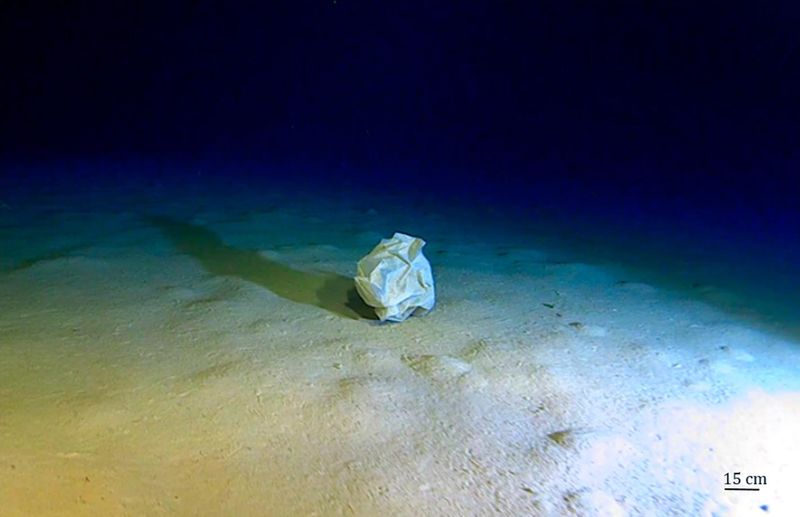Deep in the Caribbean Sea, off the coast of Belize, a mysterious dark circle interrupts the bright turquoise waters—a massive underwater sinkhole known as the Great Blue Hole. This natural wonder stretches nearly 1,000 feet across and drops over 400 feet down into darkness, hiding secrets that took thousands of years to form. Scientists, divers, and explorers have journeyed to its depths to uncover clues about ancient climate, lost caves, and the dramatic forces that shaped our planet.
Nature’s Grand Collapse Beneath the Sea
Out in the turquoise waters of Belize’s Lighthouse Reef atoll lies the Great Blue Hole—a nearly perfect circle around 300 metres in diameter and plunging to depths of approximately 124 metres. This marine sinkhole formed during the last Ice Age, when sea levels were significantly lower and the area was exposed as dry karst limestone caves.
As sea levels rose, the cave network flooded, its roof collapsed and left behind this dramatic open pit in the ocean. Stalactites and stalagmites deep inside the hole—relics of its above-water past—testify to that transition.
Viewed from the air or even space, the contrast between the brilliant shallow reef and the deep blue centre makes the Blue Hole one of geology’s most spectacular signatures. Photographers and astronauts alike have captured its stunning circular form against the Caribbean backdrop.
The Deep Silence and Strange Ecology
At around 90-100 metres depth, the environment in the Blue Hole shifts from vivid coral reef to near silence. Scientific dives have documented a thick layer of hydrogen sulfide that blankets the floor, creating an anoxic zone where virtually no life can survive.
Beneath this layer lie dead conch shells and hermit crabs, victims of the drop from life-friendly zones into inhospitable realms. The vertical walls, mostly bare rock and sediment, mark the old cave walls, now submerged.
For recreational divers, the Blue Hole’s magic happens higher up—with reef sharks, turtles and tropical fish populating the rim. The deep low-oxygen section remains off-limits, a silent reminder of extreme conditions and geological change that few humans ever witness firsthand.
A Dive Site, a Time Capsule and a Climate Archive
The Blue Hole isn’t just a visual marvel—it’s a scientific treasure. In 2022 a team extracted a 30-metre sediment core from the bottom which revealed layers spanning more than 5,000 years of climate data: hurricanes, droughts and sedimentation events recorded like tree rings.
Divers including the team led by Fabien Cousteau and Richard Branson mapped the interior in 2018 and uncovered both geological formations and human-impact artefacts—a sad testimony to how even remote wonders feel our presence. The Blue Hole remains part of the Belize Barrier Reef Reserve System UNESCO World Heritage Site.
It offers both a window into Earth’s past and a barometer for its future, helping scientists understand how our climate has changed over millennia.
Ancient Stalactites Frozen in Time
Imagine standing in a dry cave thousands of years ago, watching water drip slowly from the ceiling, building mineral towers one drop at a time. That’s exactly how the stalactites in the Great Blue Hole formed, back when this spot was high and dry during the Ice Age.
Today, these enormous stone icicles hang at various angles underwater, some tilted dramatically from ancient earthquakes and geological shifts. They create an eerie, cathedral-like atmosphere that reminds divers they’re swimming through what was once an air-filled cavern.
The formations provide crucial evidence about sea level changes and tectonic activity over tens of thousands of years. Their preservation underwater has protected them far better than surface caves, making them invaluable geological records of our planet’s dramatic transformation.
The Hydrogen Sulfide Curtain of Death
Around 90 metres down, divers encounter something straight out of science fiction—a visible boundary where the water changes colour and chemistry completely. This hydrogen sulfide layer acts like a toxic curtain, separating the living world above from the dead zone below.
The gas forms when bacteria break down organic matter in oxygen-starved conditions, creating an environment so hostile that nothing survives there. Divers describe passing through it as entering another realm entirely, where visibility drops and the water feels different.
Below this chemical barrier, the seafloor is littered with shells and remains of creatures that accidentally ventured too deep. It’s a harsh reminder that even in paradise, nature creates boundaries that cannot be crossed without consequence—a biological point of no return.
Visiting, Respecting and Reflecting
Planning a trip to the Blue Hole? You’ll depart from coastal Belize and travel roughly 45-60 km to the atoll—often a full-day boat journey. The best conditions avoid hurricane season, which runs from June through October.
While scuba diving the full depth is for advanced, certified divers, many snorkel or dive shallower zones of the reef surrounding the sinkhole. The intense colours, dramatic profile and clear water make photography spectacular.
But respect is crucial: the sediment layers and geological structure are fragile, the environment altered little by humans until recently—and our footprint has already reached the bottom. Visiting means more than seeing—it means bearing witness to Earth’s story of collapse, change and survival, and committing to preserve it for future generations.
Wildlife on the Rim of the Abyss
While the depths hold only death and darkness, the upper portions of the Blue Hole burst with Caribbean life. Reef sharks patrol the edges in small groups, their sleek bodies gliding effortlessly through the crystal-clear water that makes Belize famous.
Sea turtles drift past ancient limestone walls, and colourful tropical fish dart among the coral formations clinging to the rim. Groupers, angelfish, and barracudas all call this area home, creating a vibrant ecosystem that contrasts sharply with the lifeless depths below.
Many visitors find the shallow reef surrounding the hole just as impressive as the famous sinkhole itself. The biodiversity here represents healthy Caribbean waters, though climate change and human activity threaten these populations increasingly each year, making conservation efforts more critical than ever.
Evidence of Human Footprints Below
Even in one of Earth’s most remote and dramatic natural wonders, humans have left their mark. The 2018 expedition led by Fabien Cousteau and Richard Branson discovered discarded plastic bottles, a lost GoPro camera, and other modern debris resting on the ancient sediment layers.
These findings serve as a sobering reminder that no place on Earth remains untouched by human activity. What should be a pristine geological archive has become partially contaminated by carelessness and accidents from visiting divers and boats.
The discovery sparked renewed calls for stricter protection and visitor guidelines around the Blue Hole. Scientists worry that increased tourism, while economically beneficial to Belize, could damage the delicate sediment records that hold invaluable climate data stretching back thousands of years before humans ever arrived.
